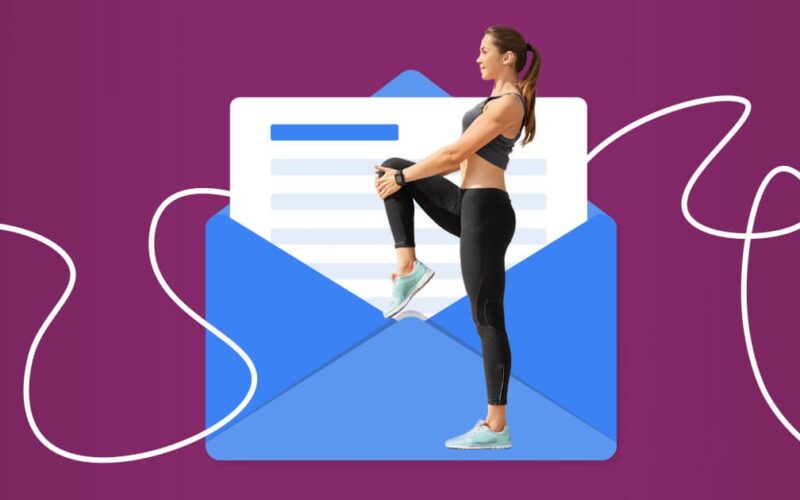Why is Email Warm-Up Important?
Email marketing has long been a powerful tool for businesses to connect with their target audience. However, in recent years, the effectiveness of email campaigns has declined due to spam filters and increased competition in the inbox. This is where email warm-up comes in. Email warm-up refers to the process of gradually building trust and reputation with email service providers (ESPs) by sending a series of emails before launching a full-fledged campaign. By doing so, businesses can increase their chances of landing in the primary inbox and achieving higher open and click-through rates.
The primary reason why email warm-up is important is deliverability. When you send a high volume of emails without warming up your email address, ESPs often categorize them as suspicious or spammy, resulting in your emails ending up in the recipients’ spam folder. On the other hand, by following proper email warm-up techniques, you can establish a positive sending reputation, gain the trust of ESPs, and ensure that your emails are delivered to the intended recipients’ primary inbox.
Another crucial aspect of email warm-up is engagement. ESPs analyze how recipients interact with your emails, such as whether they open or delete them, mark them as spam, or move them to a different folder. By gradually increasing the volume and frequency of your emails during the warm-up period, you can demonstrate to ESPs that your emails are relevant and valuable to recipients, leading to higher engagement rates and improved deliverability.
The Science Behind Email Warm-Up
To understand the science behind email warm-up, it’s essential to delve into the algorithms and mechanisms that ESPs use to filter and categorize incoming emails. ESPs analyze various data points, such as the sender’s reputation, domain age, email content, and recipient engagement, to determine whether an email should be delivered to the primary inbox, spam folder, or blocked altogether.
During the warm-up period, ESPs closely monitor your email sending behavior and evaluate your reputation as a sender. By gradually increasing your email volume and adopting best practices, you can establish a positive reputation and improve your chances of inbox placement. This gradual approach allows ESPs to build trust in your sending patterns and ensures that your emails are seen as legitimate, non-spammy, and valuable to the recipients.
Furthermore, email warm-up helps to establish a healthy sending pattern. If you suddenly start sending a high volume of emails without warming up, ESPs may view it as suspicious activity and potentially block or throttle your email delivery. By gradually increasing your email volume, you demonstrate consistent and trustworthy behavior, which is more likely to be viewed favorably by ESPs.
You can be interested in – https://mailtoaster.ai/what-are-spam-filters-best-practices/.

